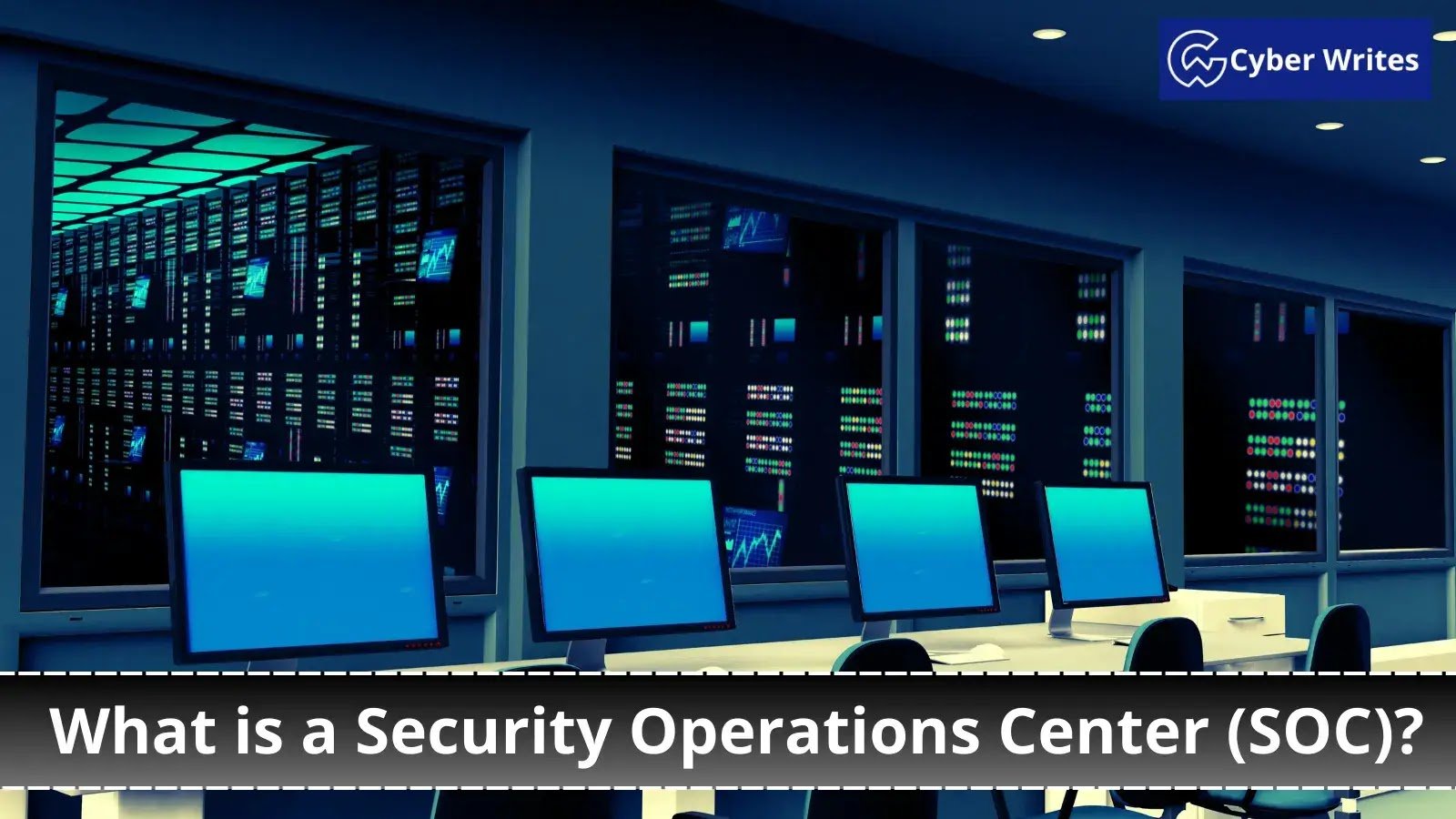Zero Trust Security vs Traditional Firewalls: Which is Superior?
Zero Trust Security and Traditional Firewalls represent two distinct approaches to network security, each with its own strengths and limitations. To determine which is superior, it’s essential to compare them based on their principles, effectiveness, and adaptability to modern threats.
1. Core Principles
- Traditional Firewalls:
- Perimeter-Based Security: Traditional firewalls operate on the principle of a secure perimeter. They are designed to control the traffic between a trusted internal network and untrusted external networks (like the internet).
- Implicit Trust: Once inside the perimeter, users and devices are often implicitly trusted, with less stringent security checks within the network.
- Zero Trust Security:
- No Implicit Trust: Zero Trust operates on the principle that no user or device, whether inside or outside the network, should be trusted by default.
- Continuous Verification: Every access request is continuously verified based on the user’s identity, device, and other contextual factors.
- Micro-Segmentation: The network is divided into smaller segments, each requiring its own access control, reducing the risk of lateral movement by attackers.
2. Adaptability to Modern Threats
- Traditional Firewalls:
- Effectiveness: They are effective at controlling access based on IP addresses, ports, and protocols, but they struggle with modern threats such as insider attacks, advanced persistent threats (APTs), and mobile or remote work scenarios.
- Limitations: With the rise of cloud services, mobile devices, and remote work, the perimeter-based approach becomes less effective. Traditional firewalls often cannot inspect encrypted traffic, leading to blind spots.
- Zero Trust Security:
- Effectiveness: Zero Trust is designed to handle modern security challenges. It’s particularly effective in environments where remote access, cloud services, and mobile devices are prevalent.
- Scalability: It can scale better in today’s decentralized IT environments, as it does not rely on a fixed perimeter.
3. Implementation Complexity and Costs
- Traditional Firewalls:
- Implementation: Easier to implement in environments with a well-defined perimeter. However, they can become complex to manage in large, dynamic networks.
- Cost: Initial costs may be lower, but ongoing management and updates can add up.
- Zero Trust Security:
- Implementation: Implementing Zero Trust requires a significant shift in strategy and potentially high initial costs. It involves deploying multiple technologies, such as identity and access management (IAM), multi-factor authentication (MFA), and network micro-segmentation.
- Cost: While the initial investment may be higher, the long-term benefits in terms of security and reduced breach costs can outweigh these expenses.
4. Use Cases
- Traditional Firewalls:
- Best suited for organizations with a clear network perimeter, fewer remote workers, and minimal use of cloud services.
- Useful in protecting legacy systems that might not be compatible with modern security approaches.
- Zero Trust Security:
- Ideal for organizations with a dispersed workforce, extensive use of cloud services, or those requiring a high level of security due to regulatory requirements.
- More effective in environments where insider threats, phishing attacks, and other sophisticated attacks are a concern.
5. Conclusion
- Superiority: Zero Trust Security is generally considered superior to traditional firewalls in terms of adaptability, effectiveness against modern threats, and overall security posture. However, it requires more effort and resources to implement effectively.
- Context Matters: In environments where perimeter-based security is still effective, and the network is well-defined, traditional firewalls may still be a valid option. But for most modern organizations, especially those embracing cloud and remote work, Zero Trust is a more robust and future-proof approach.
In summary, while traditional firewalls still have their place, Zero Trust Security offers a more comprehensive and effective solution for the challenges of today’s digital landscape.





